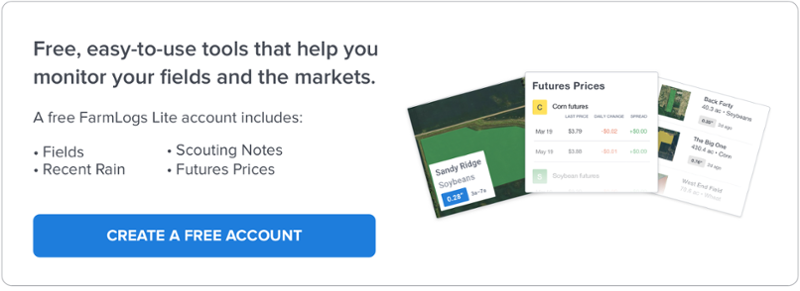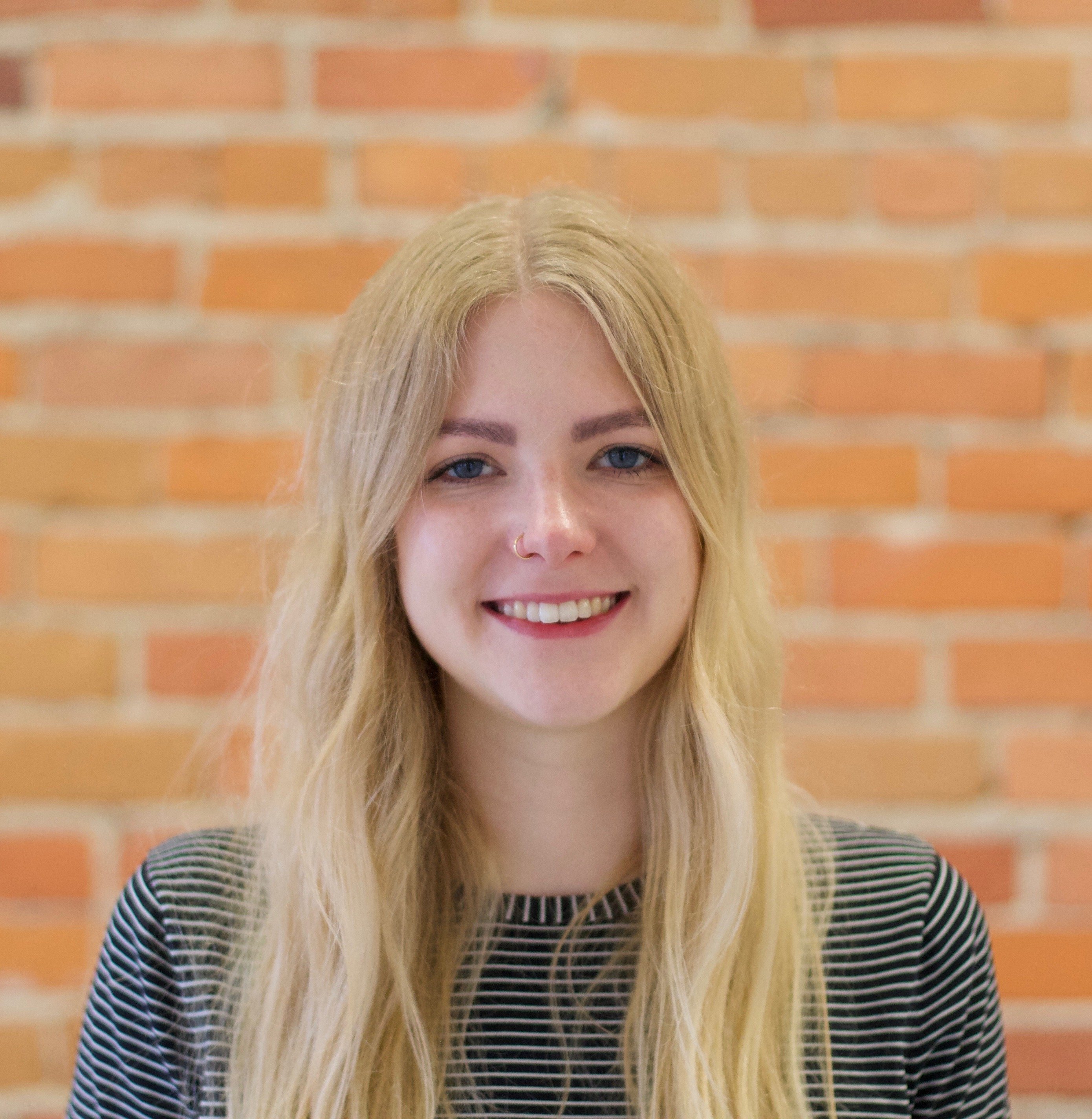Nolan Berg is a Precision Systems Specialist at Peterson Farms Seed, where his role is to educate growers about new technologies and how to efficiently implement them. Peterson Farms Seed is the largest independent corn and soybean seed company in the northern plains.
He also conducts research on their main test farm. Carl Peterson, owner of Peterson Farms Seed, still farms 3,500 acres, which is where Nolan does most of his agronomic trials. After collecting and analyzing the data he shares the results with growers. You can learn more about Nolan’s role in this blog post from Peterson Farms Seed.
We recently caught up with Nolan to ask him a few questions about his research and adopting new technology on the farm:
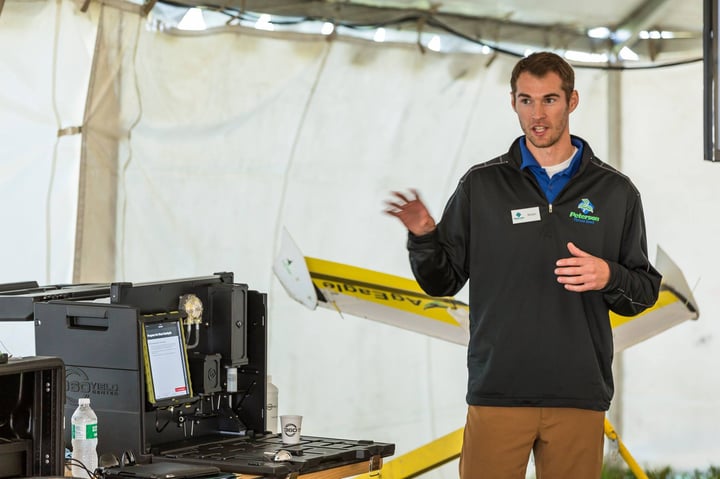 |
| Nolan presenting to a group of growers at Peterson Farms Seed’s annual Field Day |
Have you done any research with satellite imagery?
Satellite imagery is great for scalability, especially with our drones. It gives the drones a more specific place to look so when we see some sort of variability starting to show up on the FarmLogs Satellite Imagery we can go out and map it with the drone.
We’ve figured out that by mapping every field multiple times a year with drones is too time consuming, because it takes time to drive to the field, fly, and process the data. FarmLogs Satellite Imagery helps us be a little bit more specific on when and where we use our drones.
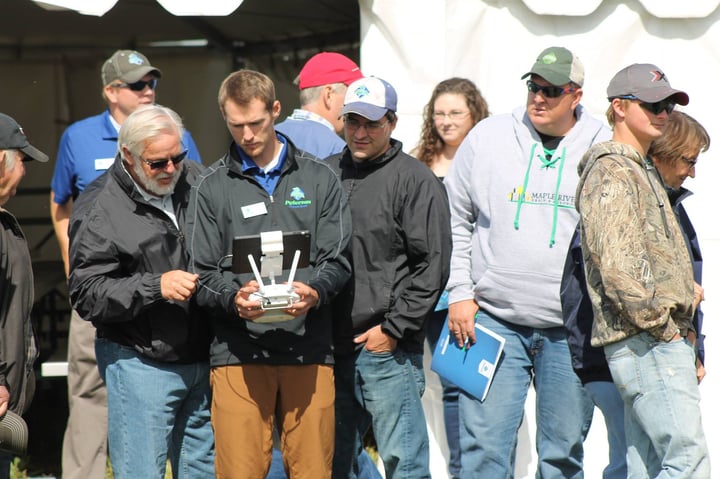 |
| Nolan giving growers a demonstration of how he uses drones to see variation in the field |
On the field where we used FarmLogs for everything, you could start to see some variability within the Satellite Imagery. I have multiple drone maps of that field and you can see the resolution differences, but they were really close—about as good as satellite imagery can get.
How important is it for farmers to adapt to precision ag technology?
I think it's critical. The technology is here and it's moving really quickly.
I think that's what turns away many growers. Even if you pay attention to it, it moves so quickly. The good news for the growers is that it's getting better and easier to use at the same time. FarmLogs tries to make it as easy as possible so people can use it. In a couple of years it's going to be a no-brainer, and everyone's going to be using these new technologies.
What's the main barrier you see to farmers adopting precision ag practices?
I think it's both the perceived complexity of learning to use new technology and the costs. If you don't have equipment that can do a variable rate application, that's an investment in itself. Right now, crop prices are obviously not the best for people wanting to take the leap, and if they can't see the benefit right away most guys won't do it. Farming is so complex and there are so many variables that it's hard to think that something new can help when you've been doing it a certain way forever. A lot of farmers have the mentality that, “If it’s always worked, why change it?”
At the same time, there are also many farmers now that know it's easier and here to help. I think that willingness to change is getting a little bit better. These days, farmers all have smartphones and tablets, so they can use that to understand how easy adopting new technology can be and how much it can change their operation.
What role does data play in planning your season?
You should definitely be collecting your harvest data and then going through it during the Fall, to understand what happened in the season. It can be nice to take a break and get your mind away from it for awhile, but around January and February, you should start looking at it again. Around March, you should have a really good idea of what you're going to do in the upcoming season.
What do you think about using software like FarmLogs in tandem with agronomists?
The grower and their agronomist have an interesting relationship. A lot of them are working closely, and they develop a lot of trust. Farmers don't want to step on their agronomists toes and tell them what to do because they're trusting them, but it's also their own field. I think that looking at the software and the data together can help them figure out how it works for their farm.
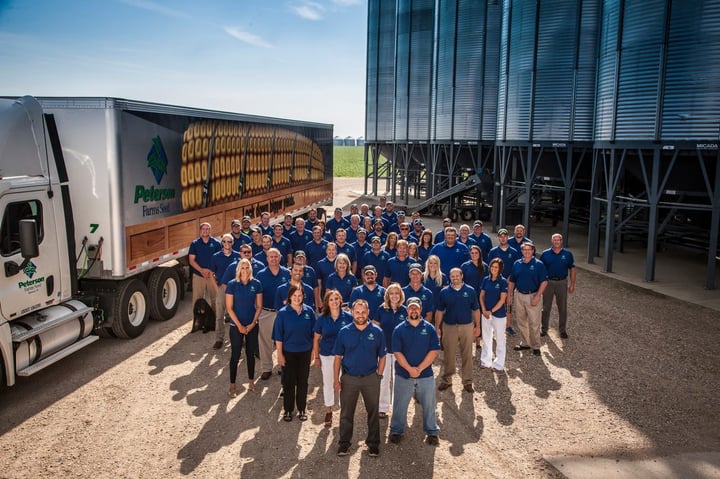 |
| The team at Peterson Farms Seed |
What advice would you give growers on how to start implementing technology like this into their farms?
I'd tell them to try it on one or two fields just to get the feel for it. Then, put one test strip of something out there, whether it's seeding, nitrogen or something else. That way they can see if it was beneficial to do what they were testing. A lot of people will just variable rate their entire field, but then they have nothing to check it against to see if it worked or if it was beneficial. Every year, we host events to help growers in our region learn I more about the research we’re doing on our farm. We’d love for you to join us, visit our events webpage to learn more.
Are you integrating innovative technology on the farm?
We’d love to share your story! Send us an email to stories@farmlogs.com and we’ll be in touch!
-2.png)
